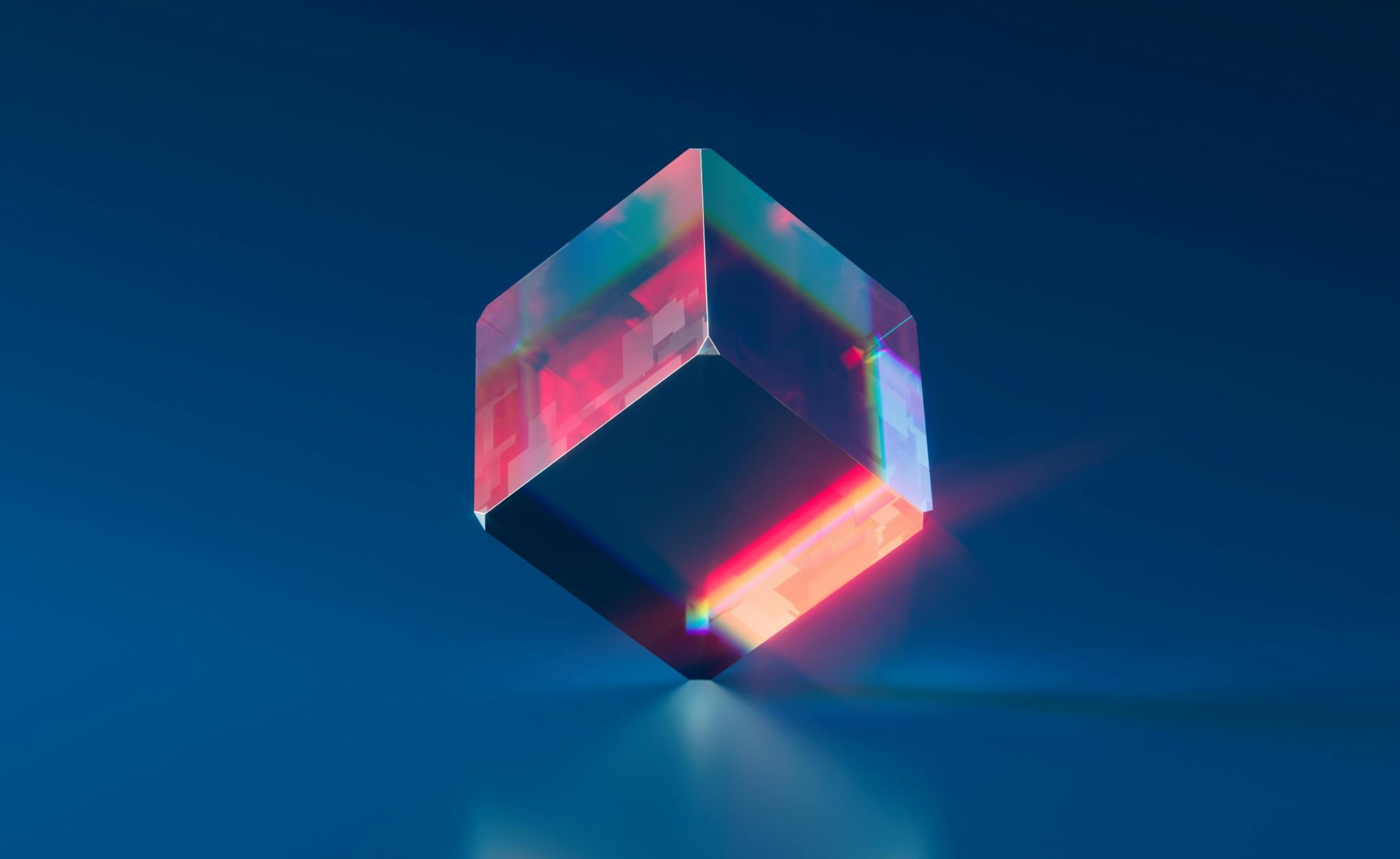
The mystery and allure of scent is valued approximately around $68.9 billion globally as of 2024, with projections estimating its value to surge to $121.75 billion by 2034. Our fragrance industry thrives on the delicate balance between artistry and chemistry, where even the most unconventional compounds find their place.
One such compound is dimethyl sulphide (DMS), a sulphur-containing molecule known for its potent aroma (hint: it does NOT smell pleasant). Despite its pungency, DMS is used sparingly in perfumery to add depth and realism to marine, green, and certain floral fragrances.
Intriguingly, research from Cornell University reported that DMS was detected in the atmosphere of exoplanet K2-18b, sparking discussions about its potential biological origins. This discovery not only captivates astrobiologists, but also underscores the profound connection between scent and the broader cosmos.
Join me in this week's Scent of Tomorrow newsletter, where I will shine the spotlight on a perfumery ingredient that was found in the depths of space and explore how DMS could shape the next frontier in fragrance.
If you are a visionary perfume creator or brand owner eager to push the boundaries of olfactory storytelling, now is the time to explore this 'cosmic' molecule! Let’s collaborate to create a fragrance that captivates the senses and echoes the scent of distant worlds!
What Is Dimethyl Sulphide?
Firstly, let's start with the basics. DMS is a naturally-occurring organic sulphur compound with the chemical formula (CH₃)₂S. It’s a small molecule made up of two methyl groups bonded to a sulfur atom.
On Earth, it's mostly produced by marine phytoplankton and certain bacteria. When oceanic microorganisms break down compounds like dimethyl sulfoniopropionate (DMSP), they release DMS into the atmosphere.
DMS has a very distinctive smell, often described as cabbage-like, marine, or slightly sweet and of course, sulphurous. It's one of those ingredients that smells - you guessed it - awful on its own, but can add amazing complexity in tiny doses.
We can also produce DMS through various controlled chemical reactions used in industrial settings, such as:
This is a sulphur-containing compound that can undergo methylation during a simple, straightforward nucleophilic substitution reaction:
CH₃SH + CH₃I → (CH₃)₂S + HI
A less commonly used method, it involves reacting dimethyl sulphate (toxic) with reducing agents to get DMS.How is Dimethyl Sulphide Used In Perfumery?
The purpose of my newsletter is to inspire and educate - not give away all of my secrets, unfortunately. But what I can tell you is that I expect the future of this molecule to look brighter, as it has received significant media attention in the last few months.
Now given the scent profile of DMS, it would seem like an unlikely hero in perfumery due to its strong, sulphurous aroma reminiscent of cooked cabbage or seaweed. Lest we forget, there are many perfume ingredients that smell equally awful, or worse, in their own right (most aldehydes and animalic notes for example) but in the hands of a skilled perfumer, they can really lend magic to a perfume formula.
DMS in particular becomes a powerful tool for adding depth, realism, and intrigue. Used in specific concentrations (you can expect these to be rather low), it brings a unique marine/green/earthy nuance that can make a fragrance feel more natural and three-dimensional.
It’s often employed to evoke coastal breezes, damp vegetation, or the raw, living edge of florals, perhaps like narcissus or lily, thereby enhancing their authenticity.
To give you a better understanding, if DMS was an element of a painting, it would be a shadow that is barely there but essential for bringing the composition to life. That's exactly how it's also used in perfumery.
A Scent From Space
If you have figured it out by now, well done. If you haven't, let me explain. As aforementioned, DMS (at least on Earth) is produced biologically (or synthetically) for use in industries like flavouring, perfumery, and chemical manufacturing.
Most DMS on Earth is produced by marine microorganisms that break down dimethyl sulfoniopropionate (DMSP), so this could imply that similar life forms exist in planet's K2-18b ocean or atmosphere where DMS would be a waste product of that reaction, just like on Earth.
But before you get your hopes up or scream ''the aliens are real'', there is a crucial barrier to take into consideration.
DMS can also be exoplanetary created via the following abiotic (non-living) pathways, such as:
A Scent From S
These reactions would require a source of methane (CH₄) and sulphur gases, as well as the optimal energetic conditions (like lightning, radiation, or geothermal activity).
However, if we can't explain DMS by abiotic means, then its presence becomes a strong biosignature - and the proof of life on another planet.
Is there life on another planet? Who knows. But there's definitely perfume, and that, for me, is enough.